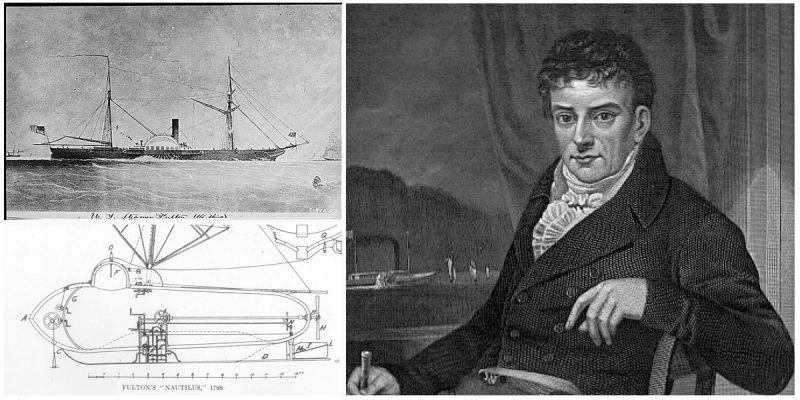Robert Fulton was born on November 14th, 1765, in a family of Irish immigrants and he was the fourth child of five children- three sisters and a younger brother.
Fulton was learning to read and write at home on a farm in Pennsylvania, and he enjoyed building mechanical devices when he was very young. In 1771, the family moved to Lancaster, where his father died a few years later.
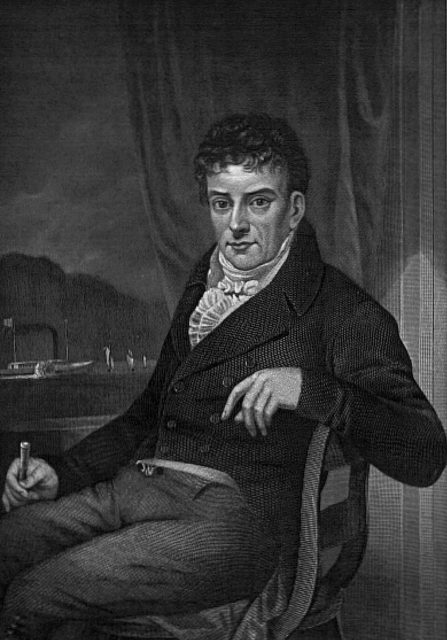
At the age of 18, Fulton moved to Philadelphia, where he stayed for six years and was able to support himself and send money to his mother by painting portraits, landscapes, drew houses and machinery.
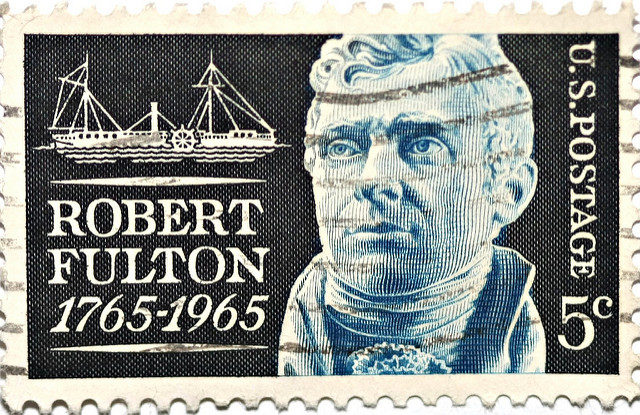
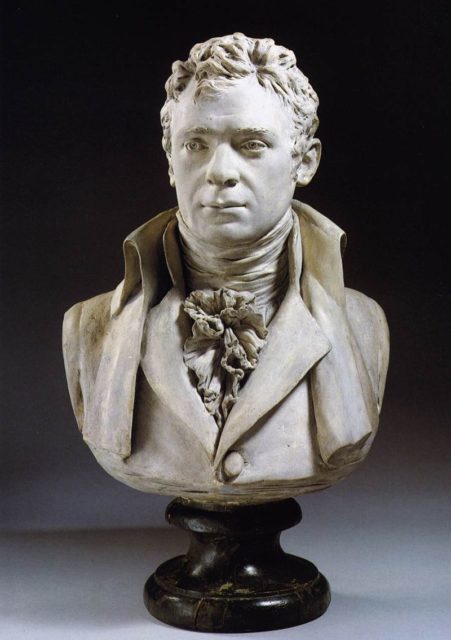
After he had found a home for his mother on a small farm in Pennsylvania, Robert Fulton corresponded with his father’s friend Benjamin West and came to England in 1786. While he was living in West’s home for several years, he gained many commissions painting portraits and landscapes, but he was widely interested in industrial revolution.
Impressed by the many engineering feats that were accomplished at the time, Fulton continually experimented with mechanical inventions. He focused himself on current engineering challenges and began developing his ideas for tub-boat canals in 1793. One year later, Fulton was granted an English patent for the idea of plane systems for hauling canal boats, and also began working on ideas for the steam power of boats.
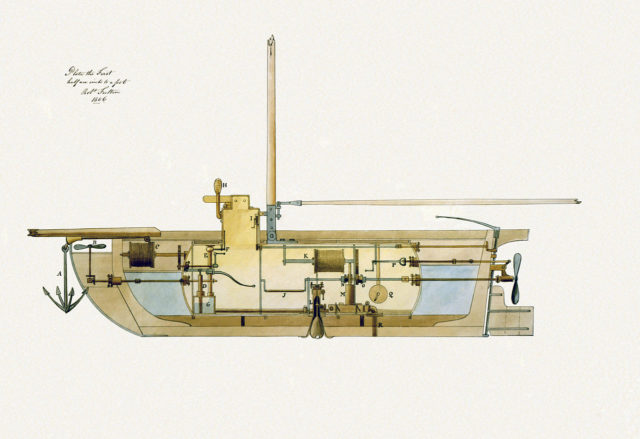
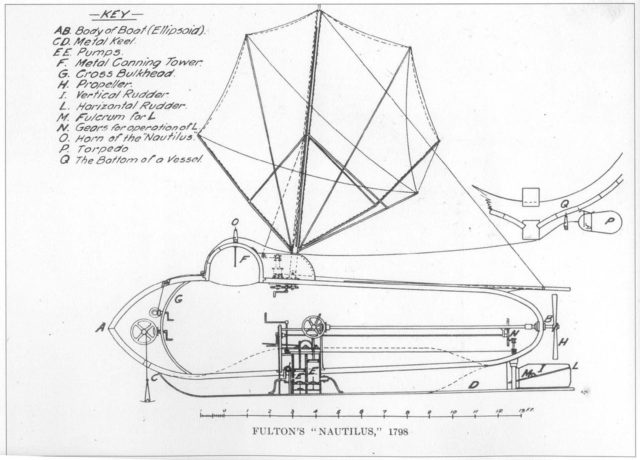
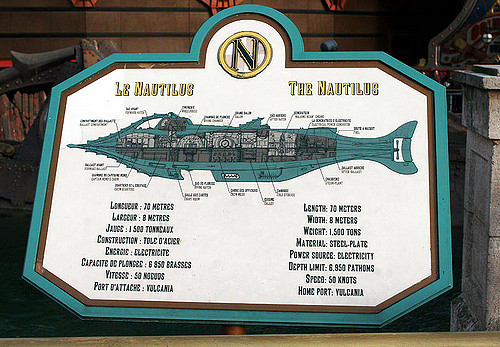
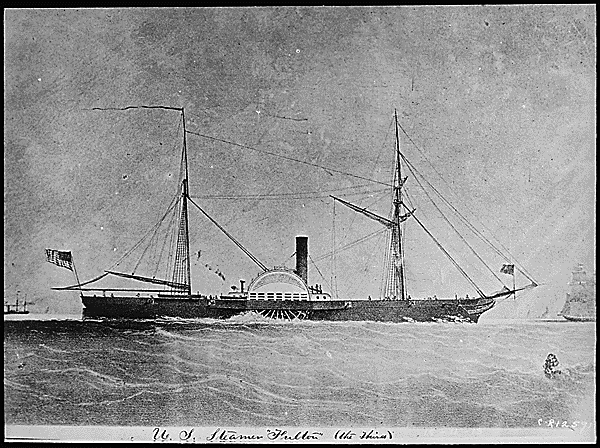
He moved to Manchester in 1794 and became friend with the cotton manufacturer, Robert Owen who agreed to finance the development and promotion of his designs. However, after a while, the designs for the earth-machines were not successful, so he gave up the contract. His research on canal construction brought him to Paris in 1797, where he started to design torpedoes and developed his ideas for a submarine. As an already successful and very well known inventor, Fulton proposed plans for steam-powered vessels for the United States and British governments. In 1800, under the supervision of French government, Fulton was able to build the first submarine in history named “Nautilus” which was his biggest accomplishment.
In 1804, Robert Fulton changed his obedience, and returned to London, this time cooperating with the British government. He focused his creativity on building a steam powered ship and started a partnership with Robert Livingston in 1802. Fulton worked on the design for the steam power ship with John Fitch. Together, they made a successful steamship which proved the very technological progress.
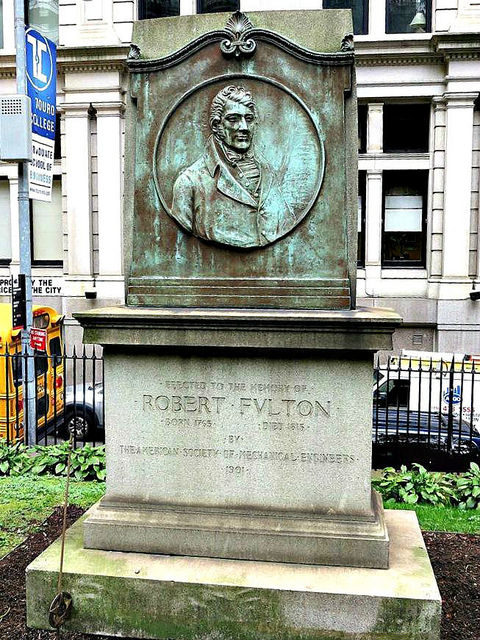
In 1806, he returned to America and married the Livingston’s niece, with whom he had four children. A year later, Fulton and Livingston built the steamship together. The first commercial steamboat was named “Clementine” and carried passengers that traveled from New York to Albany, reaching up to 150-mile trip in 32 hours. “Demologos” the world’s first steam-driven warship was Fulton’s last innovation.
He died in 1815 in New York, and the ship was finished after his death, so the name “Demologos” was changed into “Fulton,” in his honor.
